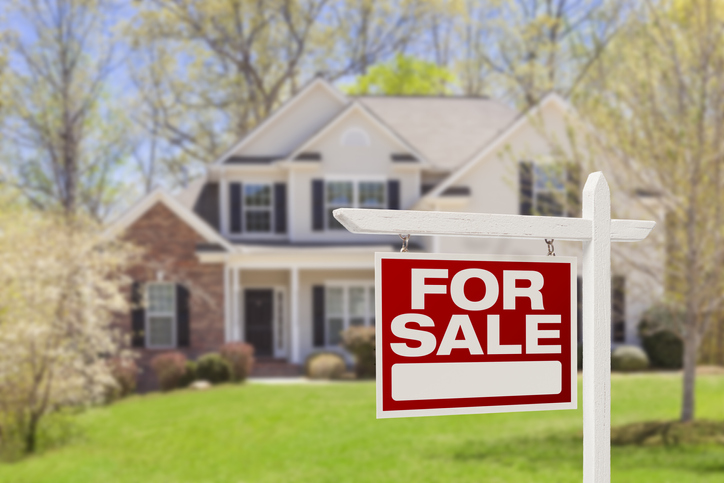Watch For Neighborhood Red Flags When Moving

After scouring the real estate market, you've finally found a home you love. But before you make an offer on the property, be sure to take a peek around the neighborhood. After all, there is a good reason realtors emphasize the importance of location when buying real estate. You customize your home to your specifications, but you cannot change your neighborhood. Even if the new neighborhood seems alright, a bad neighborhood may not be evident, requiring you to do some research before buying into the area.
Here, UF Mover Guys identifies the following neighborhood red flags to consider before relocating. Contact our moving company today to learn more about our moving services and hire local movers you can count on!
Too Many Houses For Sale
When a significant amount of homes show up on the market, it usually drives down property prices. While numerous "For Sale" signs can indicate the presence of cheaper homes and a good time to buy, it might also signal there is a reason why homeowners are looking to leave. It might be the area, or it may be the homes. Common reasons why multiple homeowners in the same neighborhood might put up their homes for sale include the fact that homes are hard to maintain or the properties were constructed poorly using cheap materials. Other reasons may include rising crime rates, seniors looking to downsize, and declining home values.
Multiple Empty Storefronts
When considering whether or not to move into a certain neighborhood, you should consider how businesses are doing in the area. Don't just compare the number of boutique shops with the number of gas stations in the area, but likewise determine if these businesses thrive. Are the stores busy, or are there multiple empty storefronts for rent or sale? Empty storefronts can indicate that area residents have less disposable income than they once did, pointing to a neighborhood in decline. If homeowners in your neighborhood don't have money to spend on eating out, they likely don't have money for upkeep and shabby homes lower property values.
Poorly Maintained Homes
A street with homes that are in shambles may seem like an obvious neighborhood red flag, but some investors might look to purchase these homes as an opportunity for profit. In our experience, buying a home in a poorly maintained neighborhood is not an advisable move. A street filled with run-down properties, overgrown yards, and broken fences or sidewalks set off warning signals, as problems with these homes can indicate the property you want to buy might have bigger issues than meets the eye. Before investing in a new home, take a walk around the neighborhood and take note of issues such as pooled water, flickering lights, potholes, and other issues. Signs of water pipe or electrical issues will likely be evident on multiple homes in the area.
Shrinking School Population
Educational facilities can say a lot about a neighborhood. Schools in healthy communities typically experience a steady increase in enrollment or a steady student body population if there is no additional room to expand. Schools with shrinking class sizes, however, are a significant neighborhood red flag. There are multiple reasons why school enrollment might decline. The local school might have a reputation for poor management, and as a result, parents flee to nearby charter schools or private schools. While this may not be a dealbreaker, it's likewise important to consider whether or not neighbors with kids have stayed put as their kids grow older, as this may leave your kids with fewer opportunities to make friends their age.
